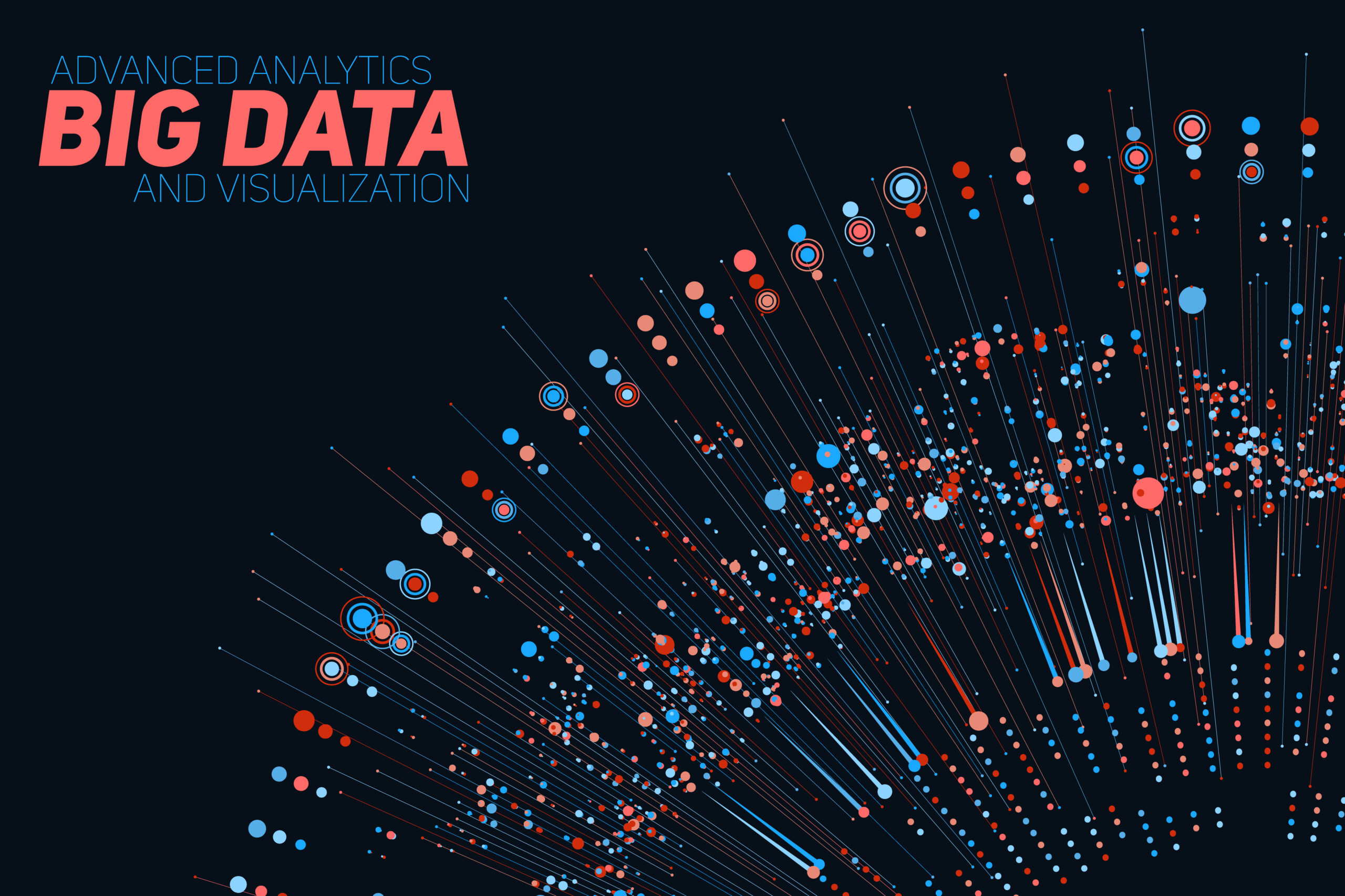Power BI and Big Data: Analyzing Large Datasets Effectively
Organizations are constantly generating massive amounts of information, known as Big Data. Characterized by high volume (vast quantities), immense variety (structured, unstructured, and semi-structured data), and rapid velocity (real-time or near real-time), Big Data presents both opportunities and challenges. While it holds immense potential for uncovering valuable insights, traditional Business Intelligence (BI) tools often struggle to handle its scale and complexity.

This is where Microsoft Power BI steps in. As a powerful BI platform, Power BI offers a compelling solution for analyzing Big Data.

Power BI boasts impressive capabilities for ingesting data from various sources, transforming it into a usable format, and visualizing insights through interactive dashboards and reports. However, it’s crucial to acknowledge its limitations when dealing with Big Data. Power BI has inherent data size limitations and may experience performance challenges with exceptionally large datasets. These limitations stem from its in-memory processing architecture. Fortunately, alternative approaches exist to leverage Power BI’s strengths even with Big Data.
Strategies for Analyzing Big Data with Power BI
- Data Modeling Techniques: Optimizing data models is key. Techniques include reducing cardinality (the number of unique values in a column) and minimizing the use of calculated columns.
- Segmentation and Filtering Strategies: Segmenting data and applying strategic filters allows you to focus on specific subsets for faster analysis.
- Connecting to External Data Sources: Power BI excels at connecting to external data sources like Azure Data Lake or other cloud platforms using DirectQuery and Live Connections. This enables real-time access to Big Data without ingesting it directly into Power BI, circumventing in-memory limitations. However, security considerations and refresh rates become important factors.

- Power BI Premium and Increased Capacity: Power BI Premium offers increased capacity for handling larger datasets, further extending its Big Data capabilities.
Power BI is a valuable tool for Big Data analysis, but it’s essential to understand its potential and limitations. By employing effective data modeling techniques, utilizing segmentation and external data sources, and considering Power BI Premium, you can unlock valuable insights from your Big Data. In scenarios involving exceptionally large data sets, exploring alternative Big Data analytics solutions might be necessary.
Ready to harness the power of Power BI for your Big Data analysis needs? Influential Software is here to help. Contact us today to explore how Power BI can empower your data-driven decision making.


